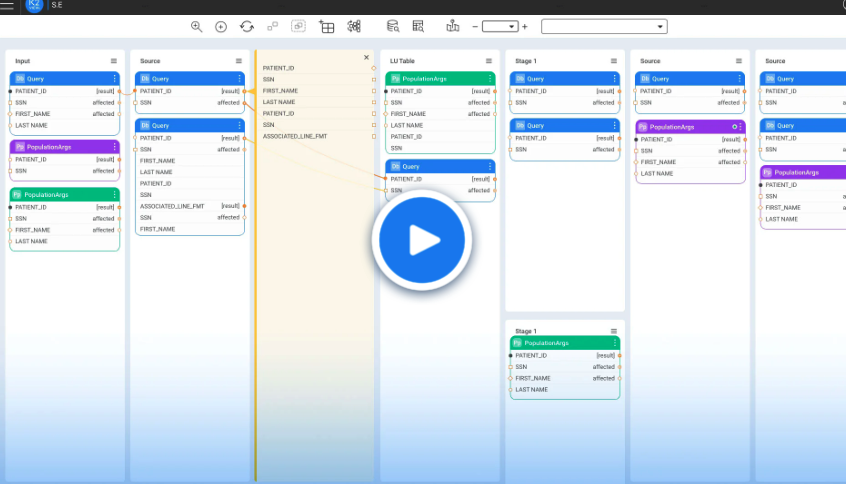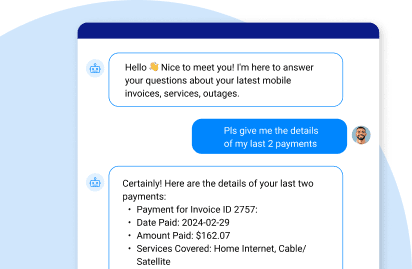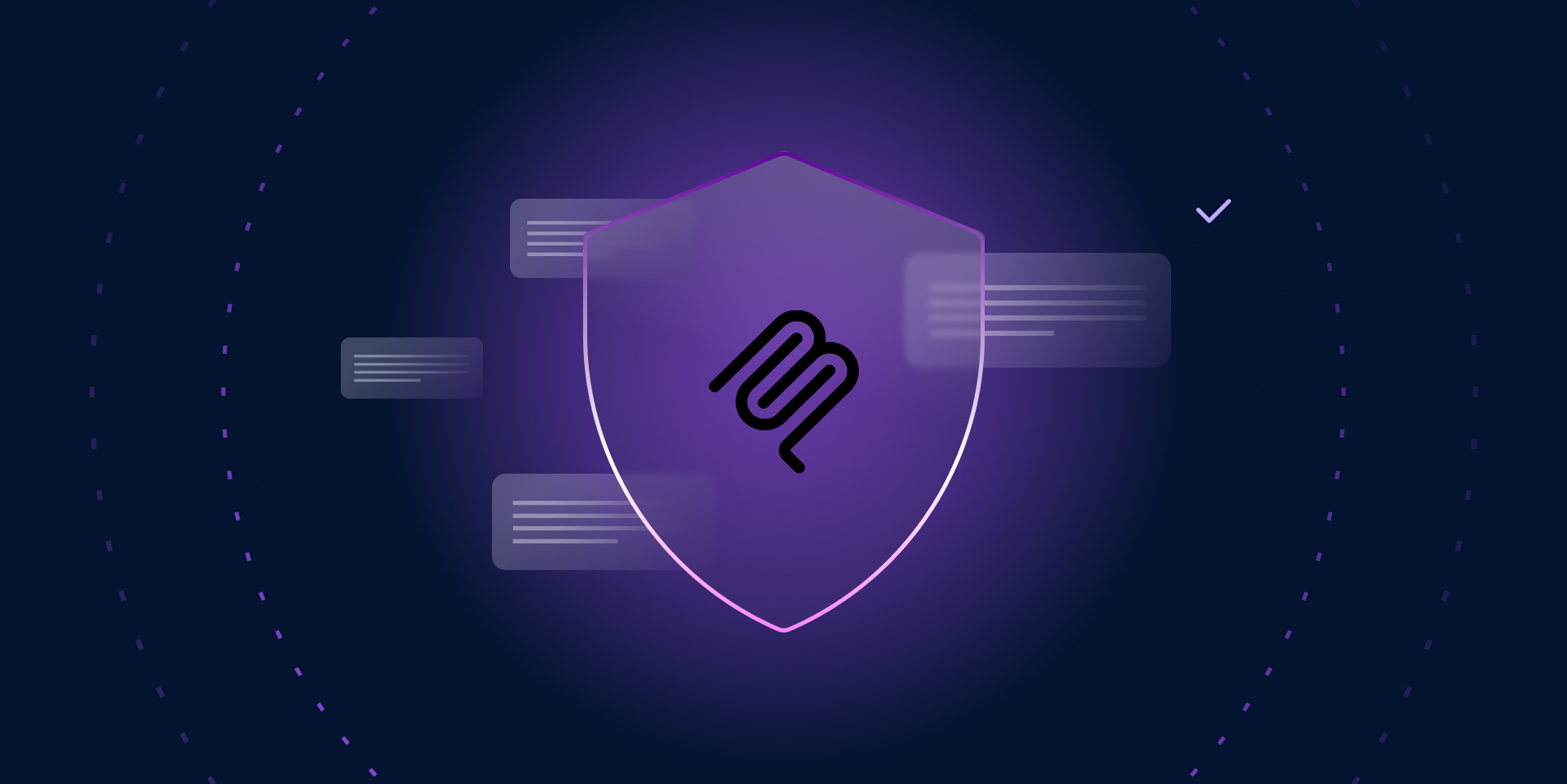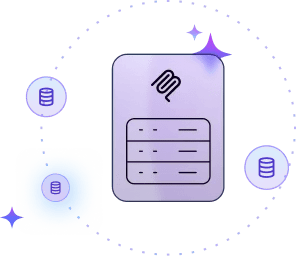As enterprises deploy LLMs in customer-facing and back-office workflows they must control what these models see and what they might accidentally expose.
Injecting governed context into LLMs
Every time you generate a prompt based on real-time business data, you face a moment of truth: What exactly are we showing the model – and who decided that’s okay?
The issue isn’t just about system access or API calls. It’s also about the context layer – the live, assembled snapshot of enterprise data that gets injected into the model to help it reason. And while this layer enables powerful generative AI use cases, it also introduces new and critical privacy, compliance, and security risks.
This is where the MCP AI comes into play.
As the real-time interface between enterprise systems and the LLM, MCP doesn’t just fetch data. It assembles meaningful, structured context. And in doing so, it becomes responsible for one of the most sensitive tasks in AI workflows: injecting governed context into the model, in real time and at scale.
The MCP client-server architecture makes LLMs relevant for operational workloads like AI customer service.
MCP integrates with a data layer, often accompanied by generative AI (GenAI) frameworks – like Retrieval-Augmented Generation (RAG) or Table-Augmented Generation (TAG) – which fetch fresh enterprise data to enable more informed LLM responses to user queries.
Context-level governance is a new layer of control
Traditional data governance focuses on access, or which users can query which tables. But when an LLM’s in the loop, that control model isn’t enough. Why not? Because the context provided to the model may:
-
Cross system boundaries
-
Include fields that users didn’t necessarily request
-
Contain Personally Identifiable Information (PII) or regulated content
-
Travel to external APIs or vendors via prompt injection
Then, of course, there are the gray areas – such as when:
-
A support agent asks about a customer issue and gets the customer's social security number as part of the LLM context.
-
A marketing analyst receives purchase history that includes opt-out users.
-
Prompt histories stored in logs contain unmasked personal details.
-
Two chained prompts stitch together more data than any one user should see.
None of these are traditional breaches, but all violate the trust boundary between enterprise data and AI behavior.
Due to these circumstances, governance must shift from the database to the context pipeline. This is what context-level governance means: managing what data gets assembled, how it's transformed, and what lands in the prompt – with as much rigor as the underlying data access policies.
MCP must take on a law enforcement role
To prevent these issues, the MCP stack must take on more responsibility. More than just the middleware for retrieval, it’s also the context police officer, in the sense that it must:
-
Enforce field-level access policies
-
Mask or anonymize sensitive data fields before injection
-
Isolate context per user, session, or entity
-
Audit every injection event with full data provenance
In other words, MCP must enforce privacy, security, and compliance guardrails during runtime.

Guardrails-first context stack in MCP
Here are 5 key practices every enterprise MCP implementation should adopt:
-
Field-level redaction
Mask PII like names, emails, or account numbers unless instructed otherwise.
-
Role-aware filtering
Filter per user and purpose, and not just dataset.
-
Entity-scoped isolation
Each user should only receive context relevant to the entity they’re allowed to see (a single customer, for example, and not the full account).
-
Prompt scaffolding
Use structured prompt formats that control which fields get injected.
-
Prompt audits
Maintain logs of who received what context, when, and under what policy.
These controls are especially critical when context is constructed from multiple systems. Without normalization and centralized enforcement, leakage is inevitable.
MCP guardrails by design with K2view
The K2view Data Product Platform comes with guardrails by design to the benefit of MCP. At K2view, each business entity (customer, order, loan, or device) is modeled and managed through a semantic data layer containing rich metadata about fields, sensitivity, and roles. Context is isolated per entity instance, stored and managed in a Micro-Database™, and scoped at runtime on demand.
With K2view:
-
PII is masked before injection.
-
Access to sensitive fields is enforced at the schema level.
-
All prompt construction happens downstream of a governed, query-safe data layer.
Such guardrails ensure that MCP injects safe context – with privacy, compliance, and security built in.
K2view MCP data integration delivers the clean,
unified context your LLMs need to perform.














